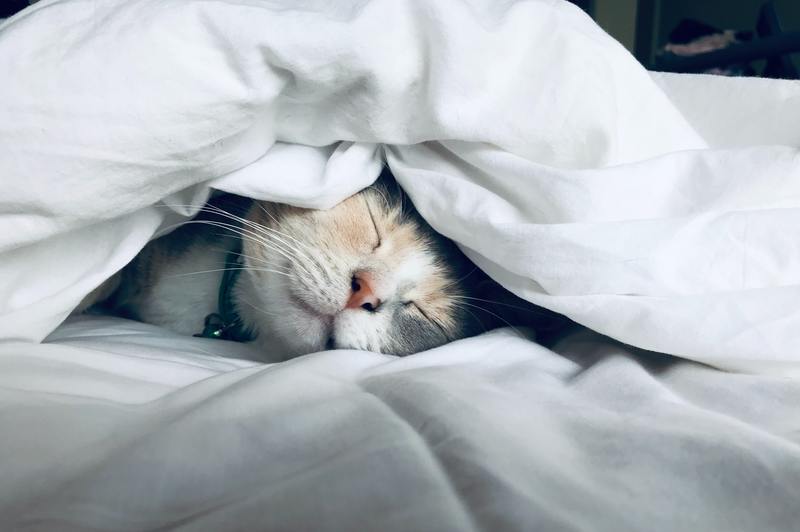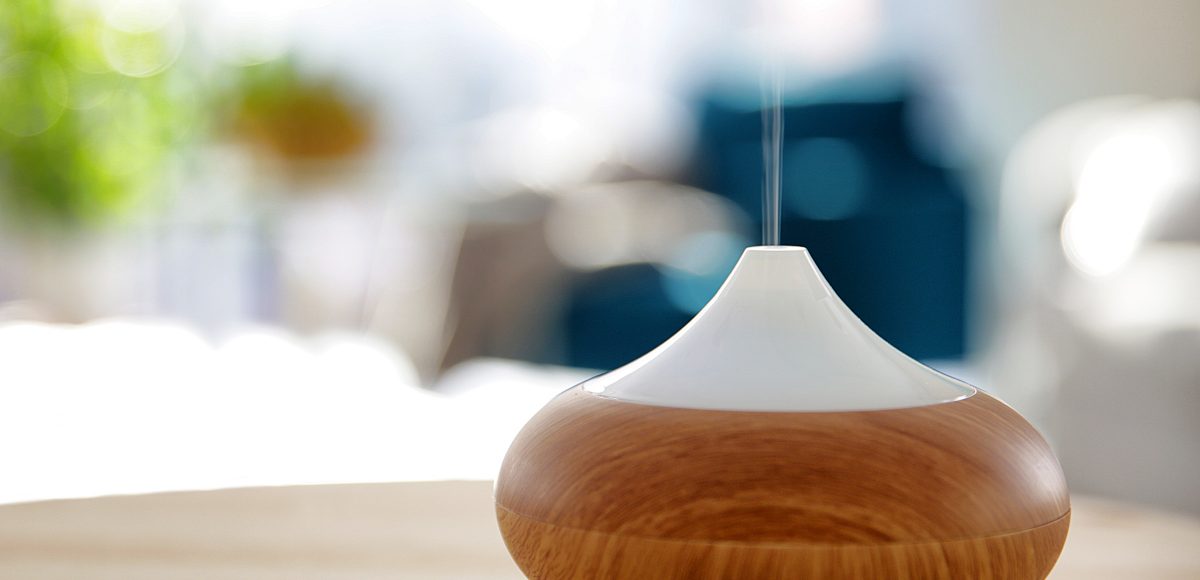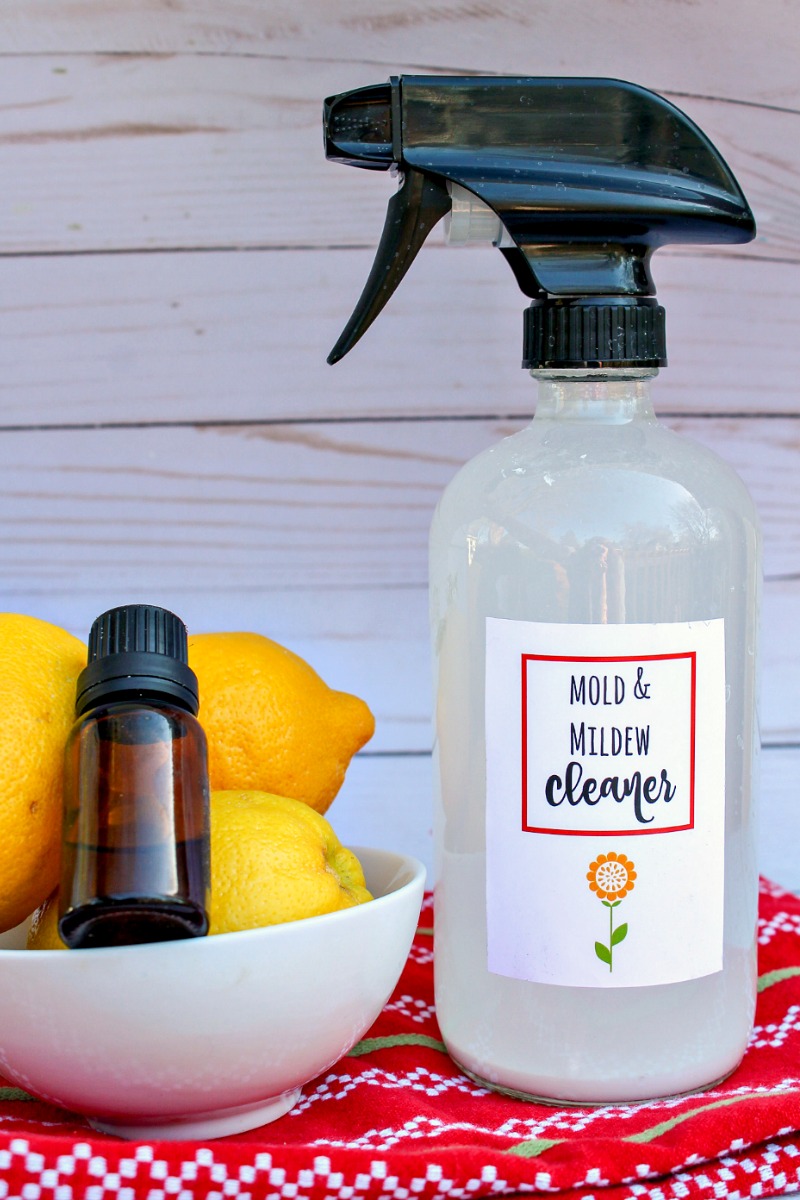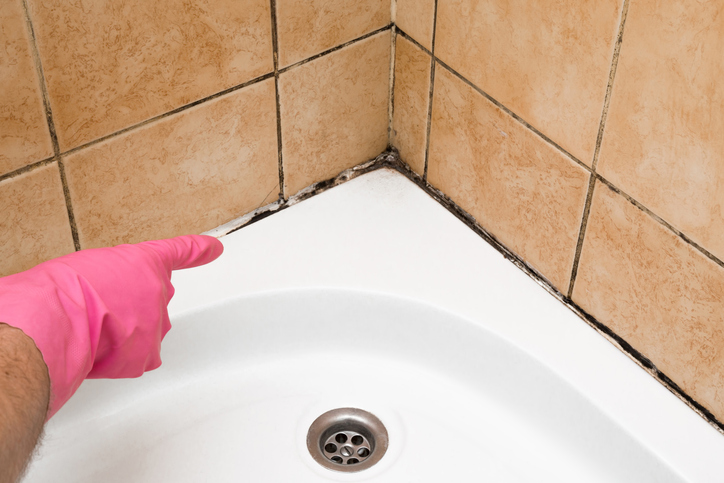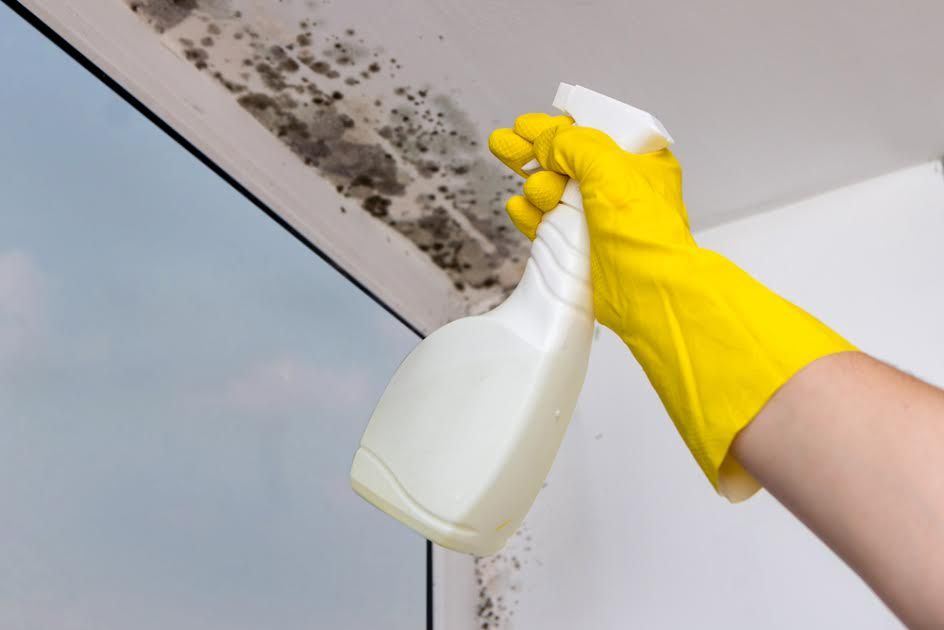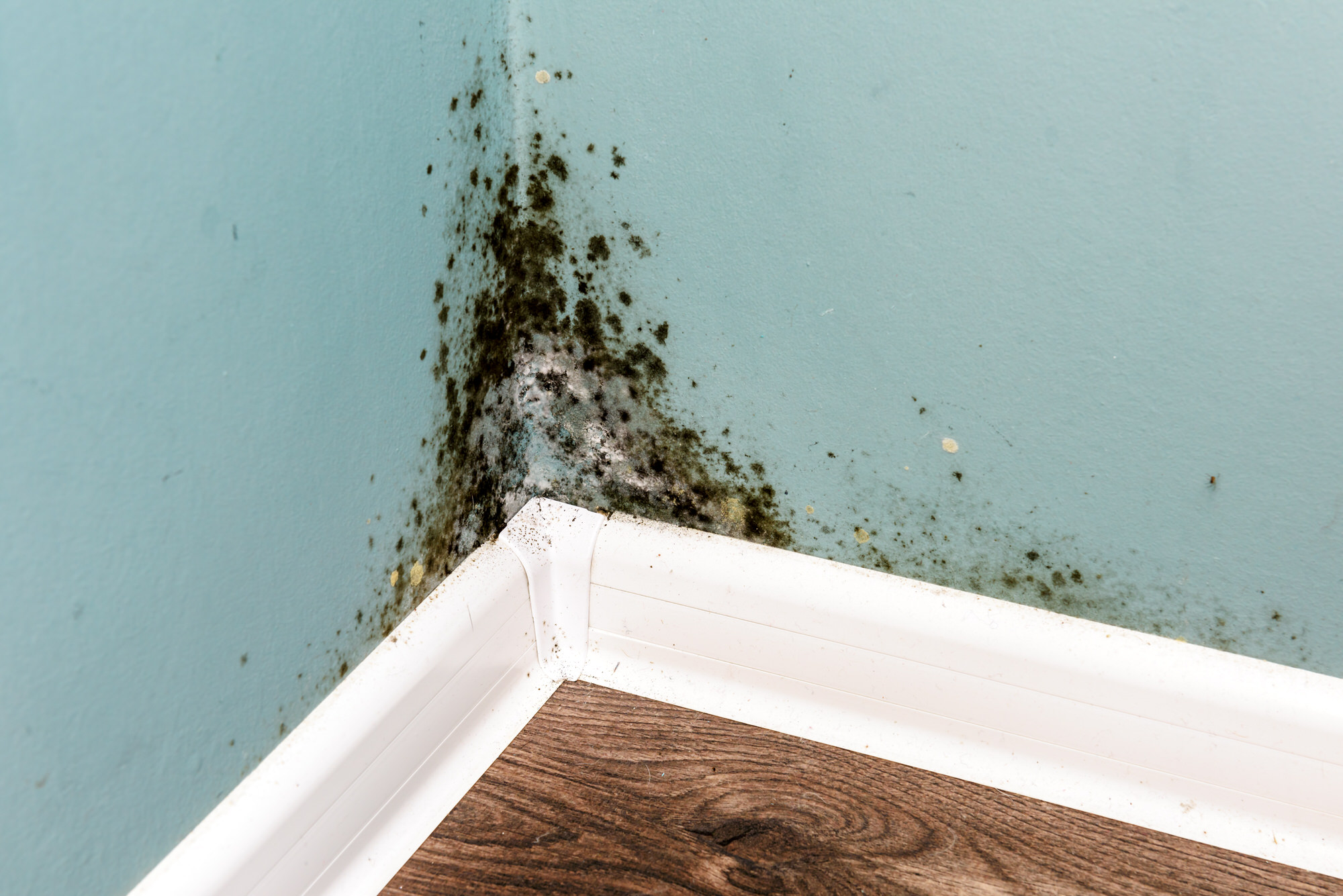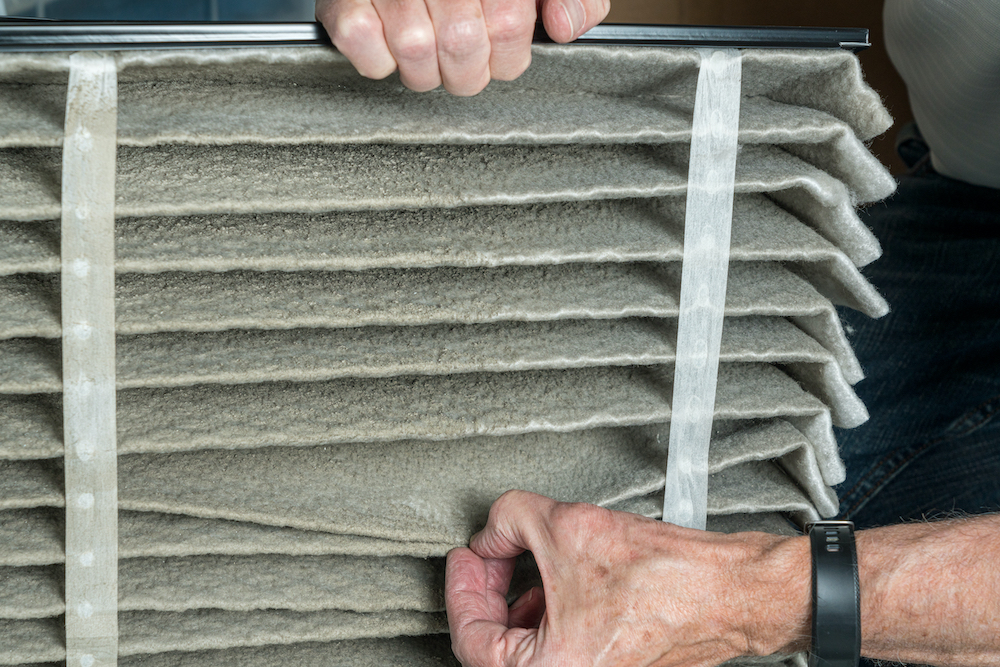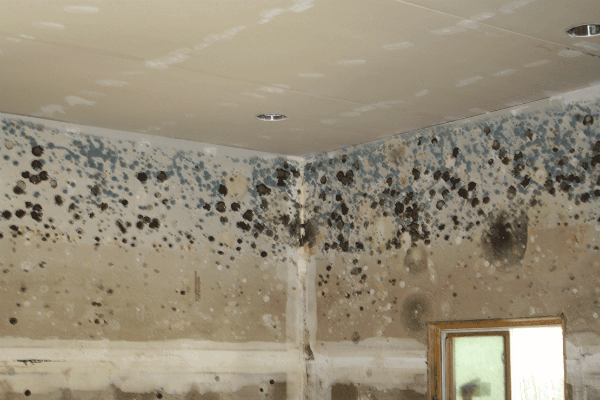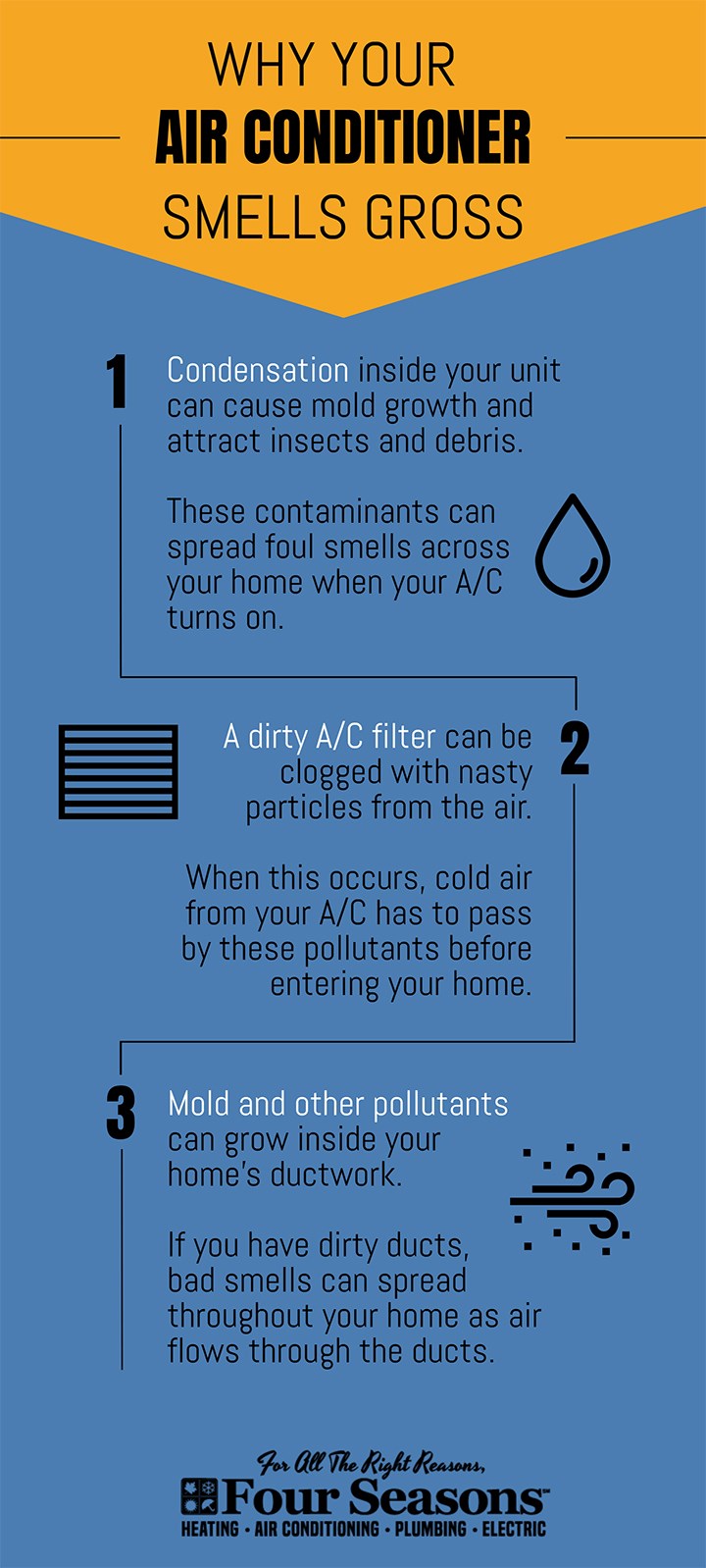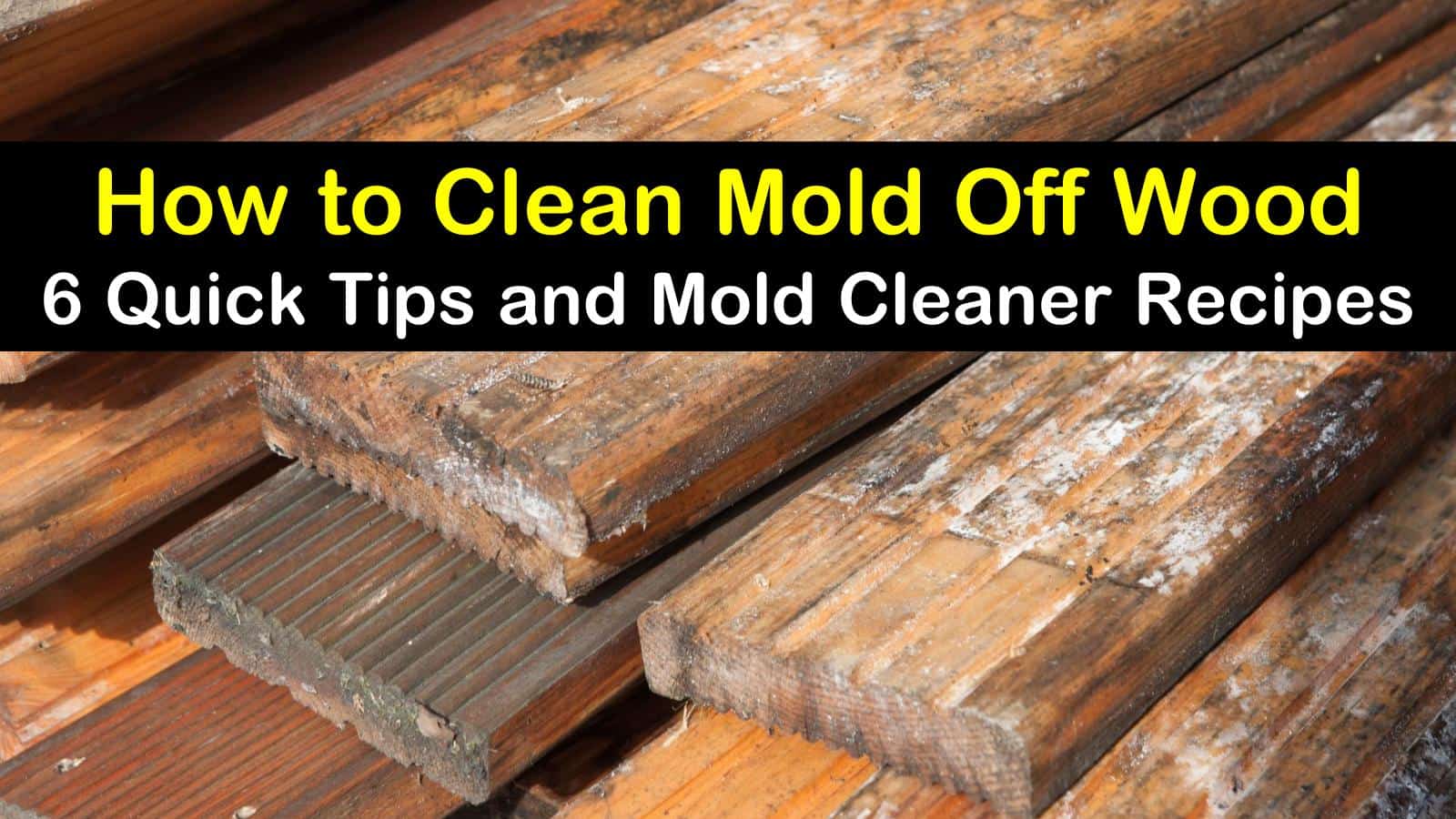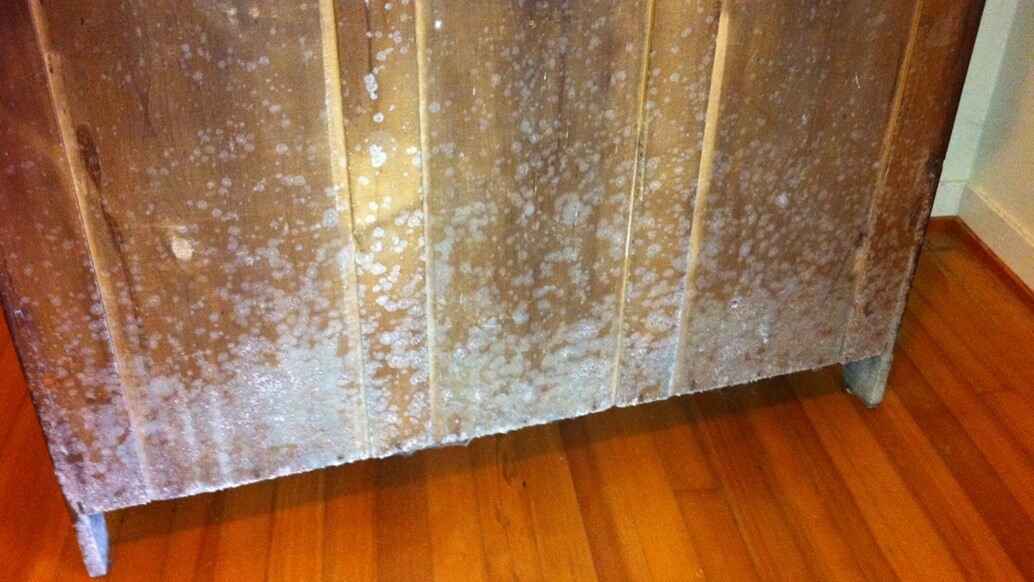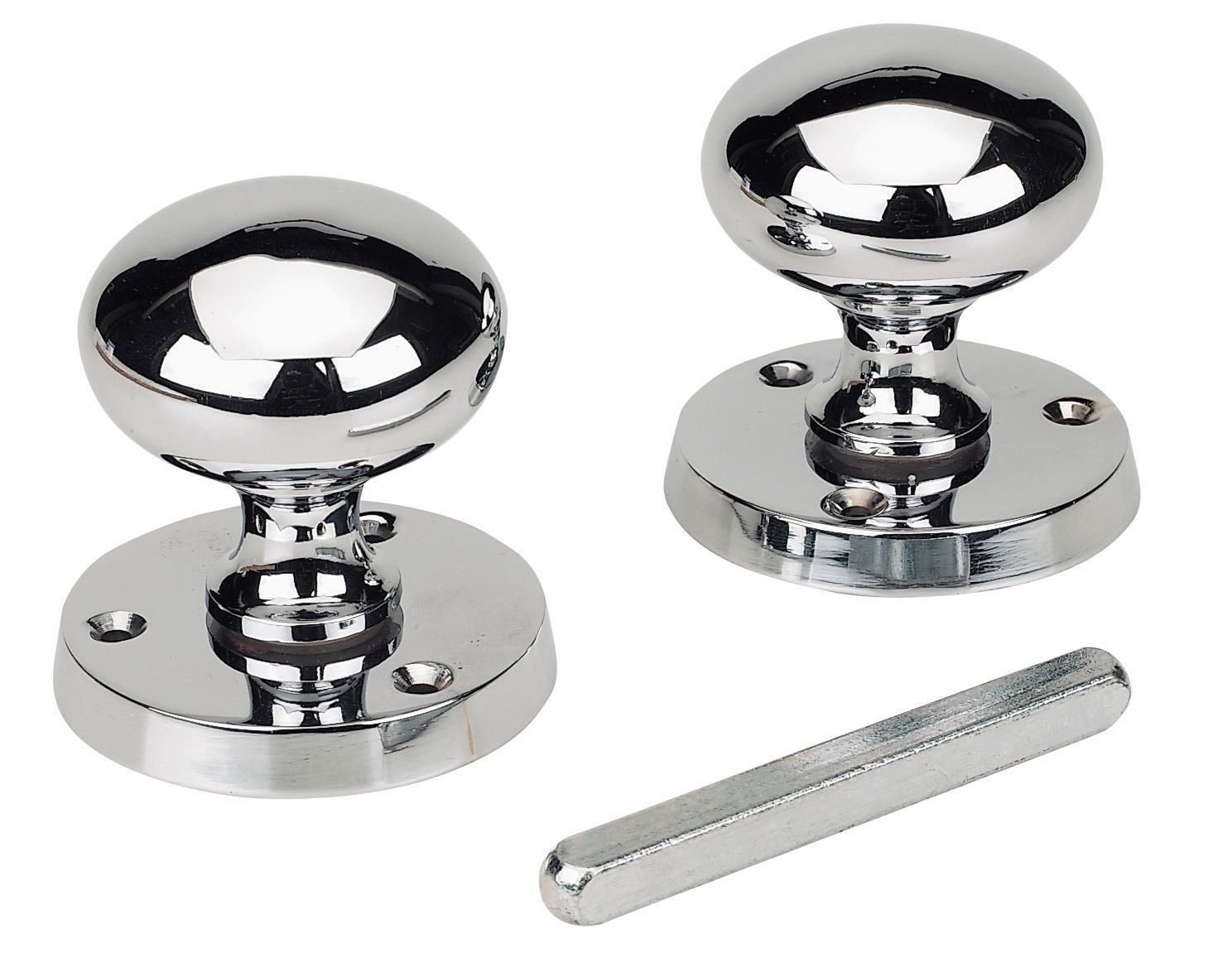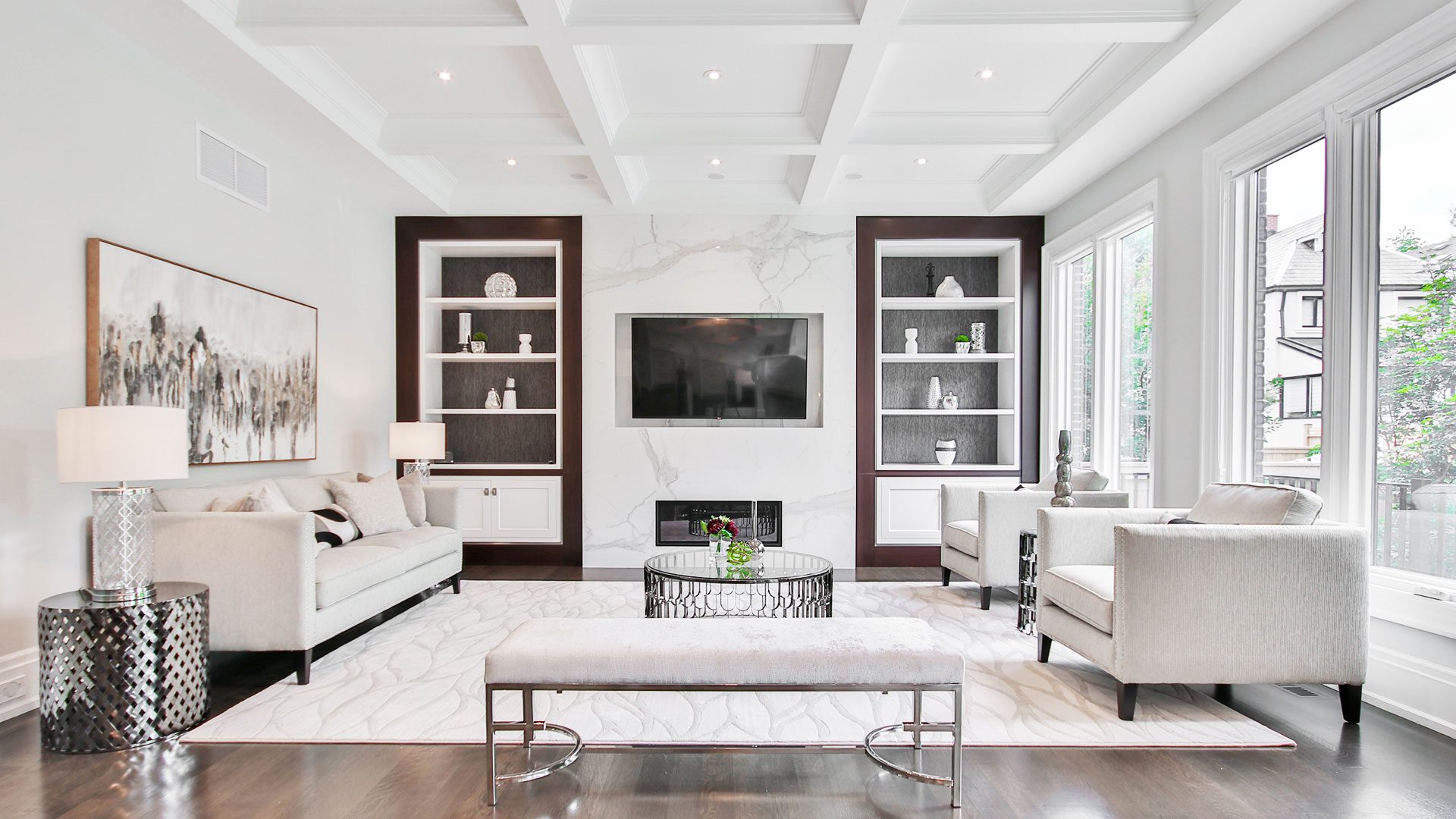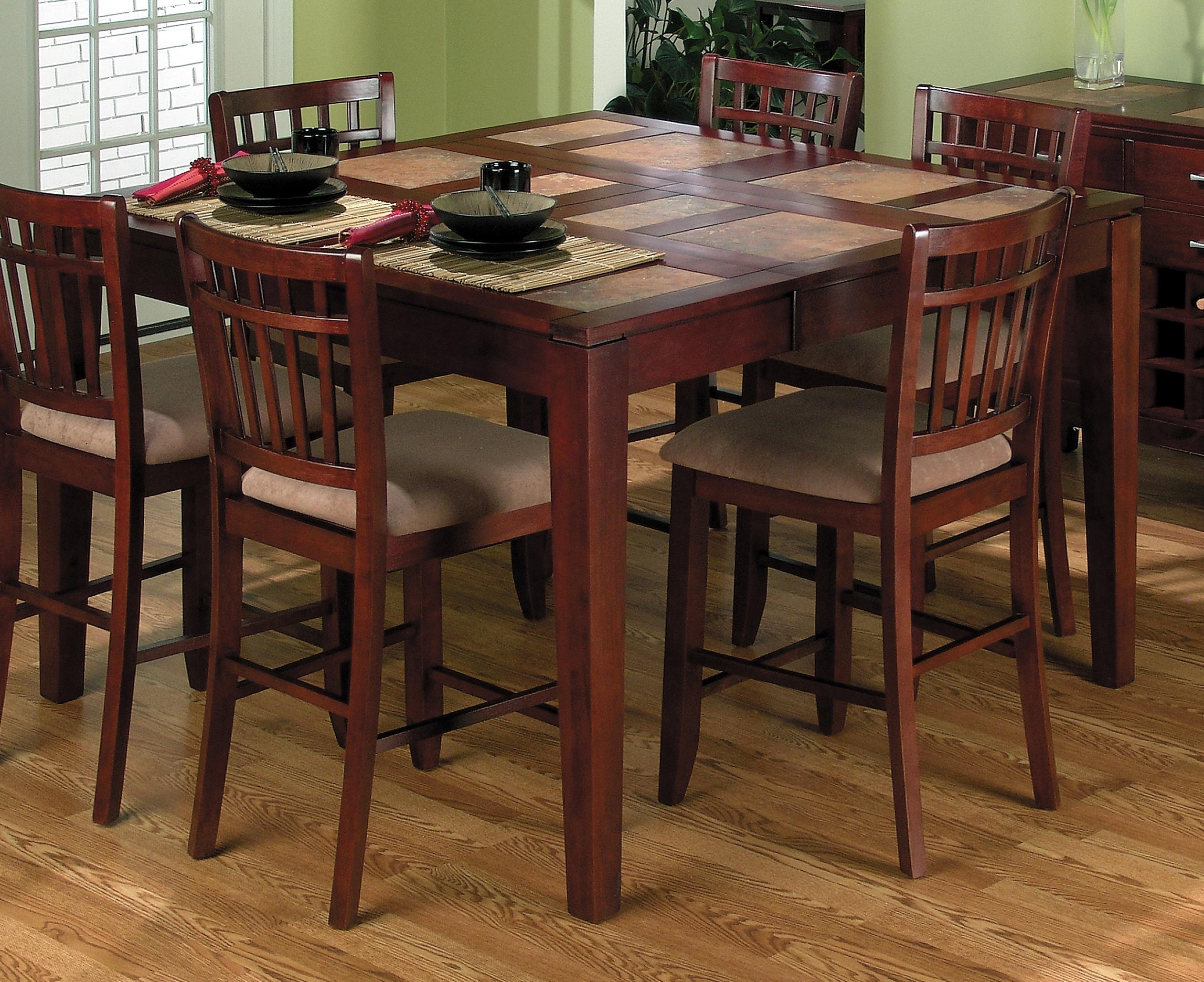If you've noticed a musty, damp odor in your living room, chances are you have a mildew problem. Mildew is a type of fungus that thrives in warm, damp conditions, making your living room an ideal breeding ground. Not only is the smell unpleasant, but it can also pose health risks and damage your furniture. But don't worry, there are ways to get rid of mildew smell and prevent it from coming back.How to Get Rid of Mildew Smell in Living Room
Before we dive into solutions, it's important to understand what causes mildew smell in your living room. One of the most common causes is high humidity levels, which can be caused by poor ventilation. This can lead to condensation on walls, windows, and furniture, creating the perfect environment for mildew to grow. Other causes include water leaks, flooding, and wet carpets or upholstery.Causes of Mildew Smell in Living Room
If the mildew smell in your living room is not too severe, there are several DIY solutions you can try to get rid of it. First, open all windows and doors to increase air circulation and reduce humidity levels. You can also use a dehumidifier to remove excess moisture from the air. Next, mix equal parts of water and white vinegar in a spray bottle and spray it on the affected areas. Let it sit for a few minutes before wiping it off with a clean cloth. Vinegar is known for its antifungal properties and can help kill mildew and eliminate the smell. Another natural option is to use baking soda. Sprinkle it on carpets, furniture, and other surfaces, let it sit for a few hours, and then vacuum it up. Baking soda can absorb moisture and neutralize odors.DIY Solutions for Mildew Smell in Living Room
If the mildew smell persists or is too severe to handle on your own, it may be time to call in the professionals. A mold remediation specialist can assess the situation and provide effective solutions to get rid of the smell and prevent future growth. They may use specialized equipment such as HEPA filters and air scrubbers to remove mold spores from the air. They can also use industrial-strength cleaners and disinfectants to eliminate mildew and its odor.Professional Remedies for Mildew Smell in Living Room
Prevention is key when it comes to mildew smell in your living room. Here are some tips to keep your living room mildew-free: - Keep humidity levels below 50% by using a dehumidifier or opening windows and doors. - Fix any water leaks or sources of moisture immediately. - Regularly clean and dry carpets and upholstery. - Use mold-resistant paint on walls and ceilings. - Invest in a good air purifier to remove mold spores from the air.Preventing Mildew Smell in Living Room
In addition to DIY solutions and professional remedies, there are also products specifically designed to remove mildew smell from your living room. Look for products that contain ingredients such as hydrogen peroxide, tea tree oil, or grapefruit seed extract, which are known for their antifungal properties. You can also use odor-absorbing products like activated charcoal or bamboo charcoal bags to eliminate the musty smell.Best Products for Removing Mildew Smell in Living Room
It's important to catch mildew growth early on to prevent it from spreading and causing more damage. Here are some signs to look out for: - A musty, damp odor in your living room - Dark spots or discoloration on walls, ceilings, or furniture - Peeling or bubbling paint or wallpaper - Allergic reactions like sneezing, coughing, or itchy eyesSigns of Mildew Growth in Living Room
In addition to being unpleasant, mildew smell in your living room can also pose health risks. Breathing in mold spores can aggravate allergies and asthma, and in some cases, can even cause respiratory issues. It's important to address mildew smell as soon as possible to protect your health and the health of your family.Health Risks of Mildew Smell in Living Room
If your furniture has been affected by mildew, it's important to clean it properly to prevent further growth and damage. Start by vacuuming the affected area to remove any loose spores. Then, mix a solution of equal parts water and rubbing alcohol and use a clean cloth to gently scrub the furniture. This will help kill any remaining mildew and remove the smell. Finally, let the furniture dry completely before using it again.How to Clean Mildew from Living Room Furniture
In some cases, despite your best efforts, the mildew smell in your living room may persist. This may be due to hidden mold growth behind walls or under carpets. If this is the case, it's important to call a professional to thoroughly assess and treat the area. It's also important to regularly inspect your living room for any signs of mold growth and address it immediately to prevent it from spreading and causing further damage. With these tips and solutions, you can effectively get rid of mildew smell in your living room and prevent it from coming back. Remember to address the issue as soon as possible to protect your health and your home.Dealing with Persistent Mildew Smell in Living Room
Mildew Smell in Living Room: Causes and Solutions
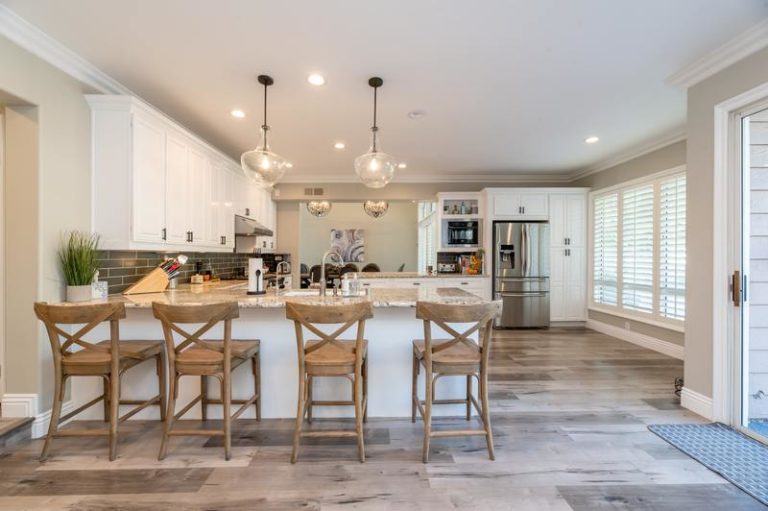
Causes of Mildew Smell in Living Room
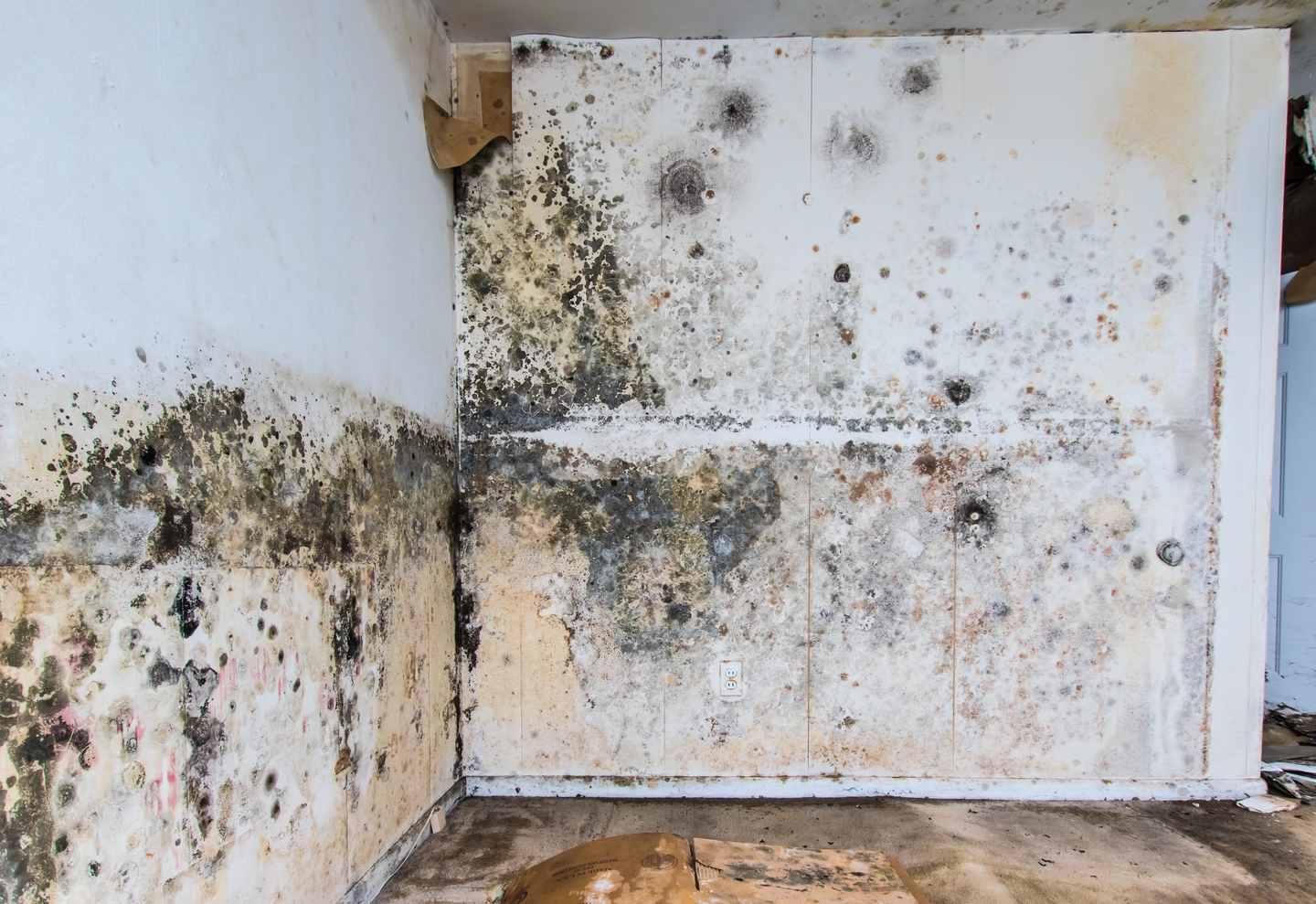 Mildew smell in the living room can be a frustrating and unpleasant problem for homeowners. It not only affects the overall ambiance of the space but can also be harmful to one's health. The main cause of the mildew smell is the growth of mold and mildew, which thrive in damp and humid environments. In homes, this is commonly seen in areas with poor ventilation, high moisture levels, and water leaks. The living room, being a high-traffic area, is prone to moisture accumulation from various sources such as cooking, showering, and even breathing.
Other factors that contribute to mildew smell in the living room include dirty carpets, upholstered furniture, and damp clothing or towels. These items can trap moisture and provide an ideal environment for mold and mildew to grow and spread their musty odor.
Mildew smell in the living room can be a frustrating and unpleasant problem for homeowners. It not only affects the overall ambiance of the space but can also be harmful to one's health. The main cause of the mildew smell is the growth of mold and mildew, which thrive in damp and humid environments. In homes, this is commonly seen in areas with poor ventilation, high moisture levels, and water leaks. The living room, being a high-traffic area, is prone to moisture accumulation from various sources such as cooking, showering, and even breathing.
Other factors that contribute to mildew smell in the living room include dirty carpets, upholstered furniture, and damp clothing or towels. These items can trap moisture and provide an ideal environment for mold and mildew to grow and spread their musty odor.
Solutions for Mildew Smell in Living Room
 The first step in getting rid of the mildew smell is to address the root cause. Ensure that the living room is well-ventilated by opening windows and using fans to circulate air. Fix any water leaks or plumbing issues to prevent moisture from accumulating. Regularly clean and dry carpets, furniture, and other items in the living room to prevent mold and mildew growth.
To eliminate the existing mildew smell, there are several natural and chemical solutions that can be used. Baking soda is a great natural deodorizer and can be sprinkled on carpets and upholstery before vacuuming. White vinegar is also effective in killing mold and neutralizing odors. Simply mix equal parts of water and vinegar in a spray bottle and use it to clean affected areas. For tougher cases, there are commercially available mold and mildew cleaners that can be used as directed.
Prevention is key in keeping the mildew smell at bay. Regularly check for and fix any sources of moisture in the living room. Use dehumidifiers to keep humidity levels in check, especially during humid months. Air out furniture and clothing regularly and avoid storing damp items in the living room.
In conclusion, mildew smell in the living room can be a nuisance, but it can be easily addressed by identifying and fixing the root cause. Regular cleaning and proper maintenance of the living room can also go a long way in preventing the buildup of mold and mildew. By following these solutions, homeowners can enjoy a fresh and pleasant smelling living room.
The first step in getting rid of the mildew smell is to address the root cause. Ensure that the living room is well-ventilated by opening windows and using fans to circulate air. Fix any water leaks or plumbing issues to prevent moisture from accumulating. Regularly clean and dry carpets, furniture, and other items in the living room to prevent mold and mildew growth.
To eliminate the existing mildew smell, there are several natural and chemical solutions that can be used. Baking soda is a great natural deodorizer and can be sprinkled on carpets and upholstery before vacuuming. White vinegar is also effective in killing mold and neutralizing odors. Simply mix equal parts of water and vinegar in a spray bottle and use it to clean affected areas. For tougher cases, there are commercially available mold and mildew cleaners that can be used as directed.
Prevention is key in keeping the mildew smell at bay. Regularly check for and fix any sources of moisture in the living room. Use dehumidifiers to keep humidity levels in check, especially during humid months. Air out furniture and clothing regularly and avoid storing damp items in the living room.
In conclusion, mildew smell in the living room can be a nuisance, but it can be easily addressed by identifying and fixing the root cause. Regular cleaning and proper maintenance of the living room can also go a long way in preventing the buildup of mold and mildew. By following these solutions, homeowners can enjoy a fresh and pleasant smelling living room.




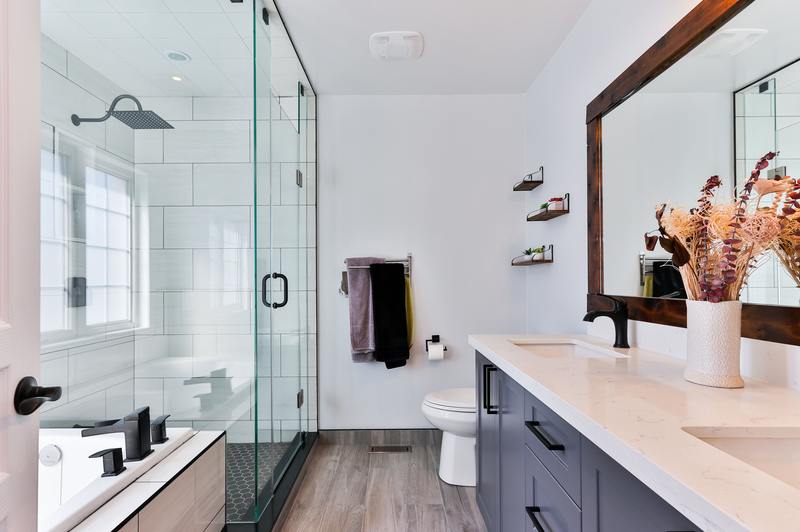
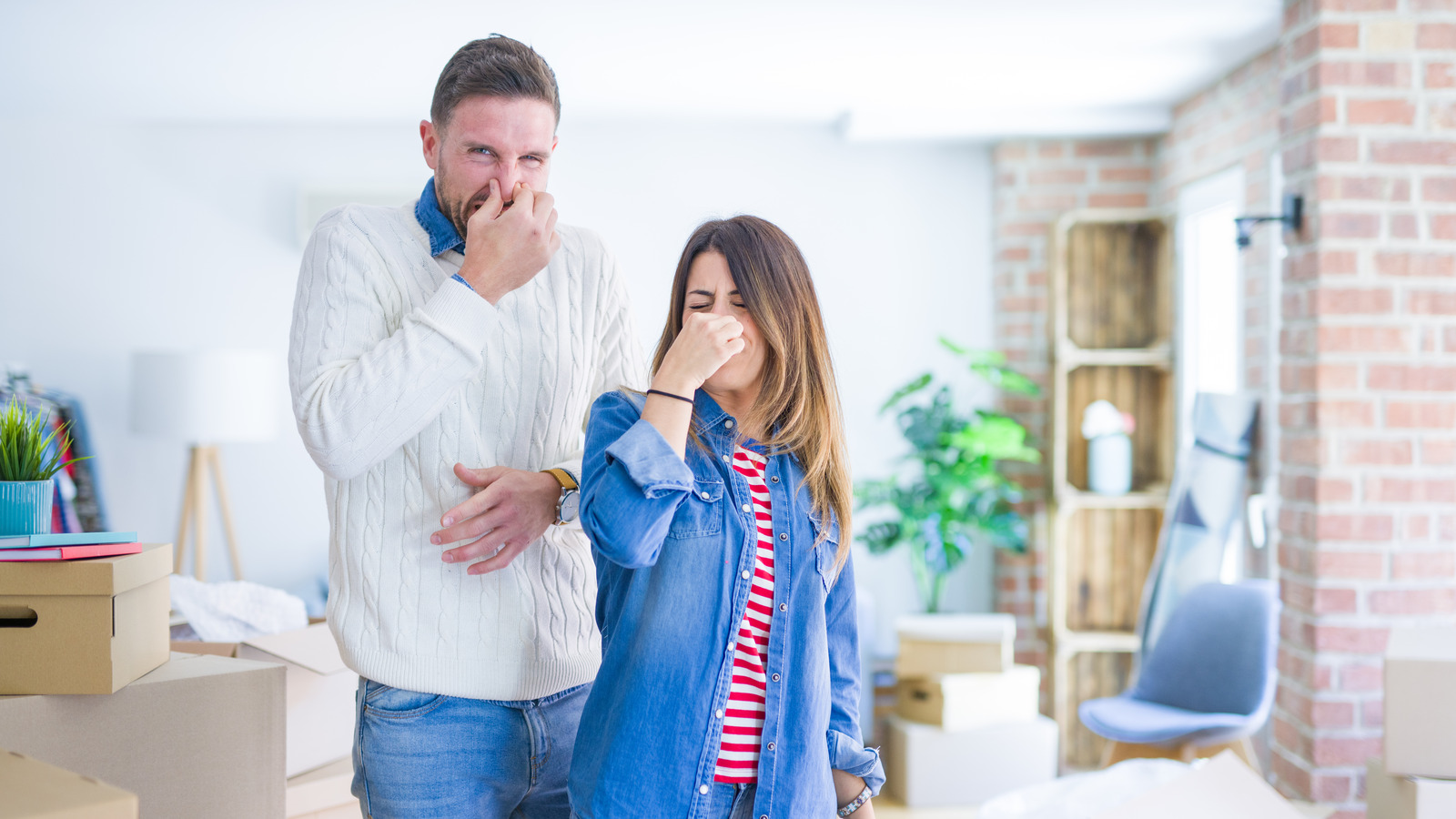


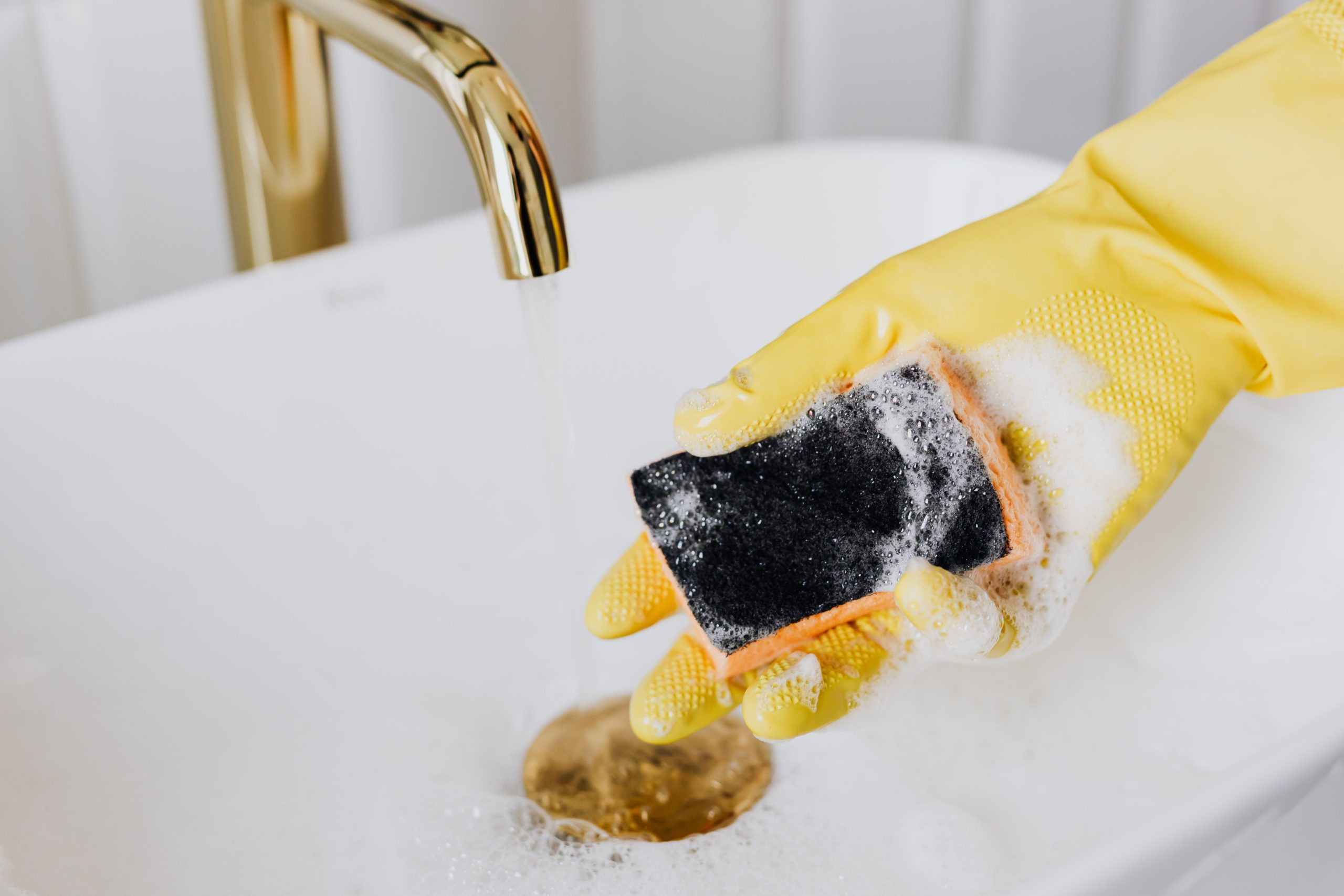
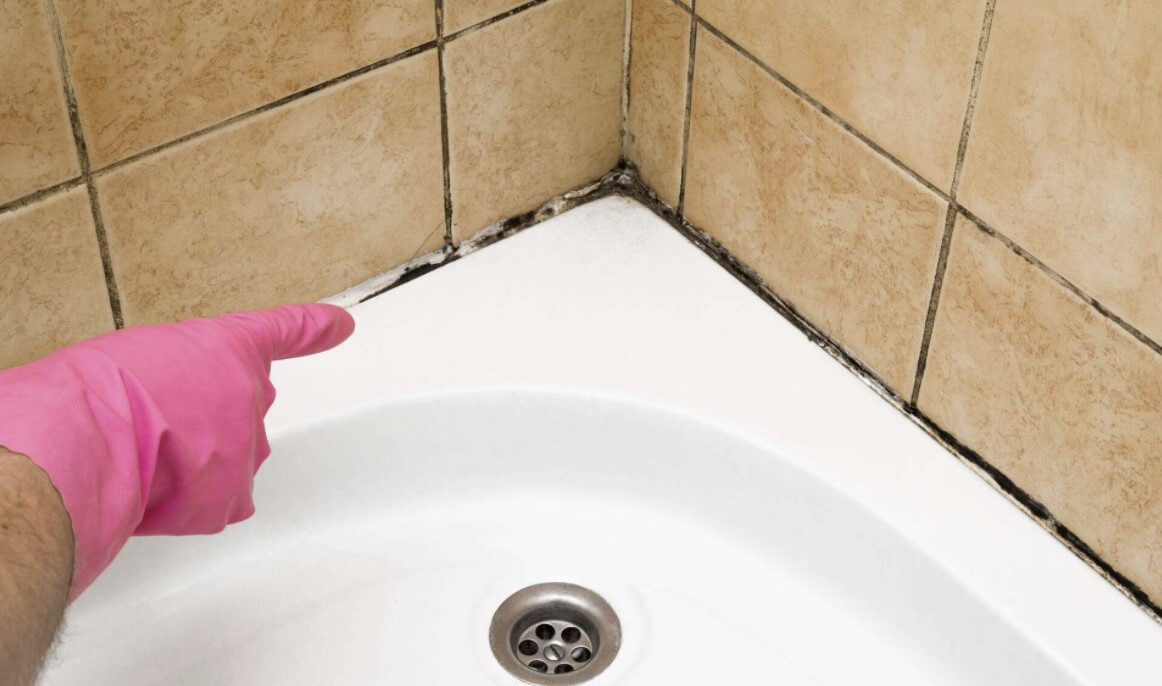


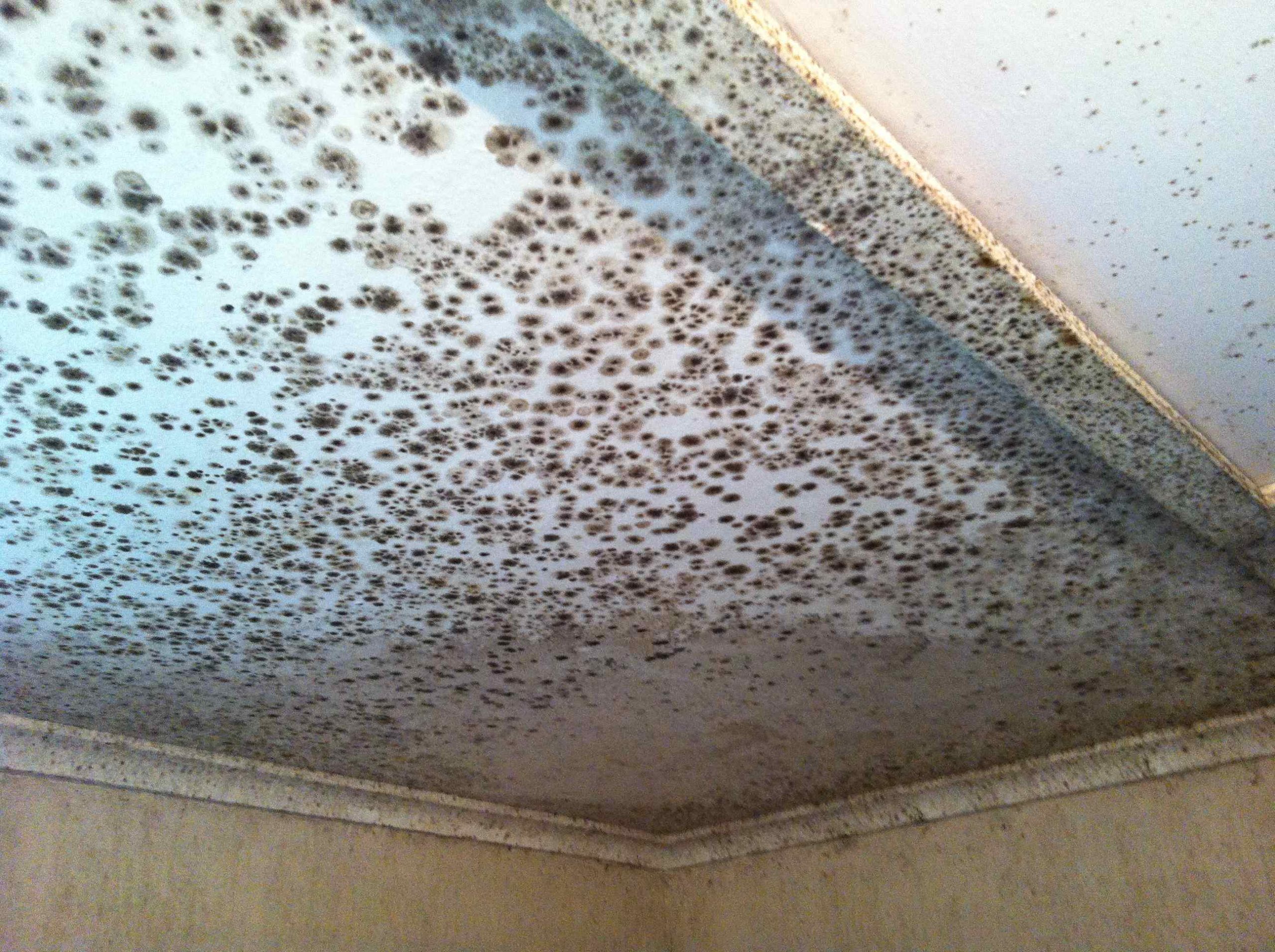









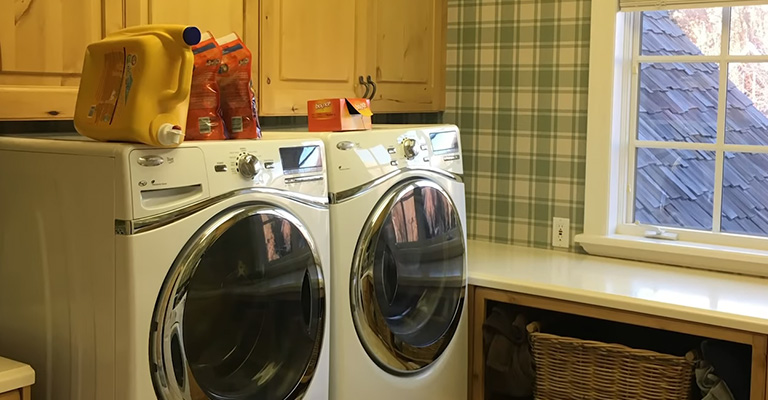







.png)




